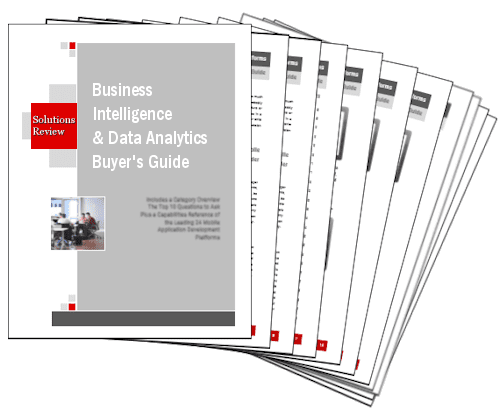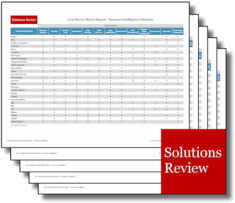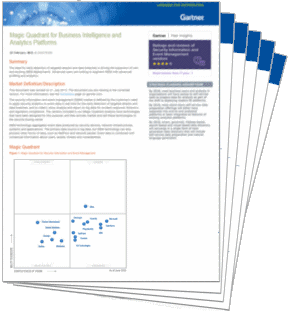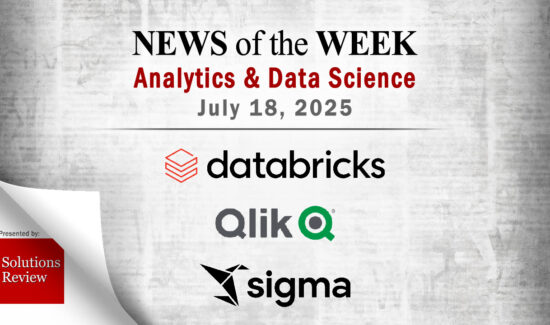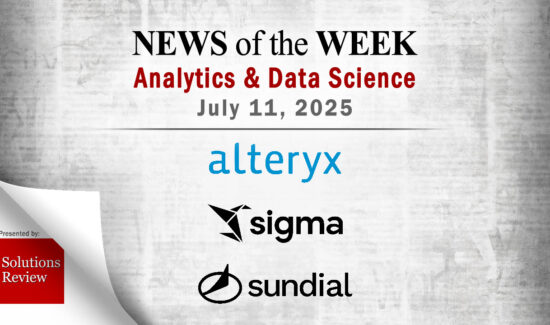Fear Not C-Levels, Big Data is Not Here to Replace You
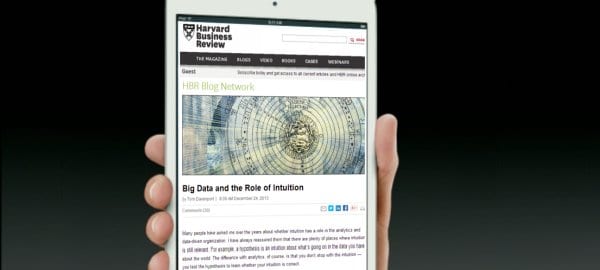
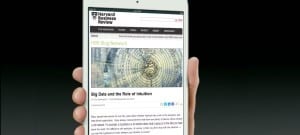 There are C-levels out there who really dread that their years of developing good business intuition will be replaced by tables and graphs. Many haven’t adopted the Big Data-driven mindset into their own day-to-day activities and often rely heavily on their directors and managers to filter the information into a more meaningful vernacular. Fear not C-levels, Big Data is not here to replace you! In fact, there are cases where intuition still trumps Big Data.
There are C-levels out there who really dread that their years of developing good business intuition will be replaced by tables and graphs. Many haven’t adopted the Big Data-driven mindset into their own day-to-day activities and often rely heavily on their directors and managers to filter the information into a more meaningful vernacular. Fear not C-levels, Big Data is not here to replace you! In fact, there are cases where intuition still trumps Big Data.
+ Check Out a Free 2015 Business Intelligence Tools Buyers Guide
In a HBR Blog post by Tom Davenport titled, “Big Data and the Role of Intuition,” he presents this example,
“Major big data projects to create new products and services are often driven by intuition as well. Google’s self-driving car, for example, is described by its leaders as a big data project. Sebastian Thrun, a Google Fellow and Stanford professor, leads the project. He had an intuition that self-driving cars were possible well before all the necessary data, maps, and infrastructure were available. Motivated in part by the death of a friend in a traffic accident, he said in an interview that he formed a team to address the problem at Stanford without knowing what he was doing.”
So in this Big Data project, intuition was the driving force, no pun intended.
There are certainly times when understanding what people want can come from within a person and not a data set. Davenport explains,
“At LinkedIn, one of the company’s most successful data products, the People You May Know (PYMK) feature, was developed by Jonathan Goldman (now at Intuit) based on an intuition that people would be interested in what their former classmates and colleagues are up to. As he put it in an interview with me, he was “playing with ideas about how to help people build their networks.” That certainly sounds like an intuitive process.”
I hope that this doesn’t get data-driven managers all up in arms, but intuition is still a big part of decision-making. However, it’s not the only part. Data analytics is a key part to decision-making as well. They go hand-in-hand. Now, if you are a data-driven manager or data scientist then you probably know a little about the scientific method. It’s composed of both intuitive steps such as creating a hypothesis. Intuition often comes from experience, right? Such as the experience drawn from observing an experiment which is also part of the scientific method. Lastly, analyzing your data is one of the final steps and is very important as well. So at the end of the day, to prosper in today’s business environment, C-Levels will need to be both data and intuition-driven (or at least have people around them who are complementary).
Click here to read the entire HBR Blog post by Tom Davenport to get more of his take on “Big Data and the Role of Intuition.”

